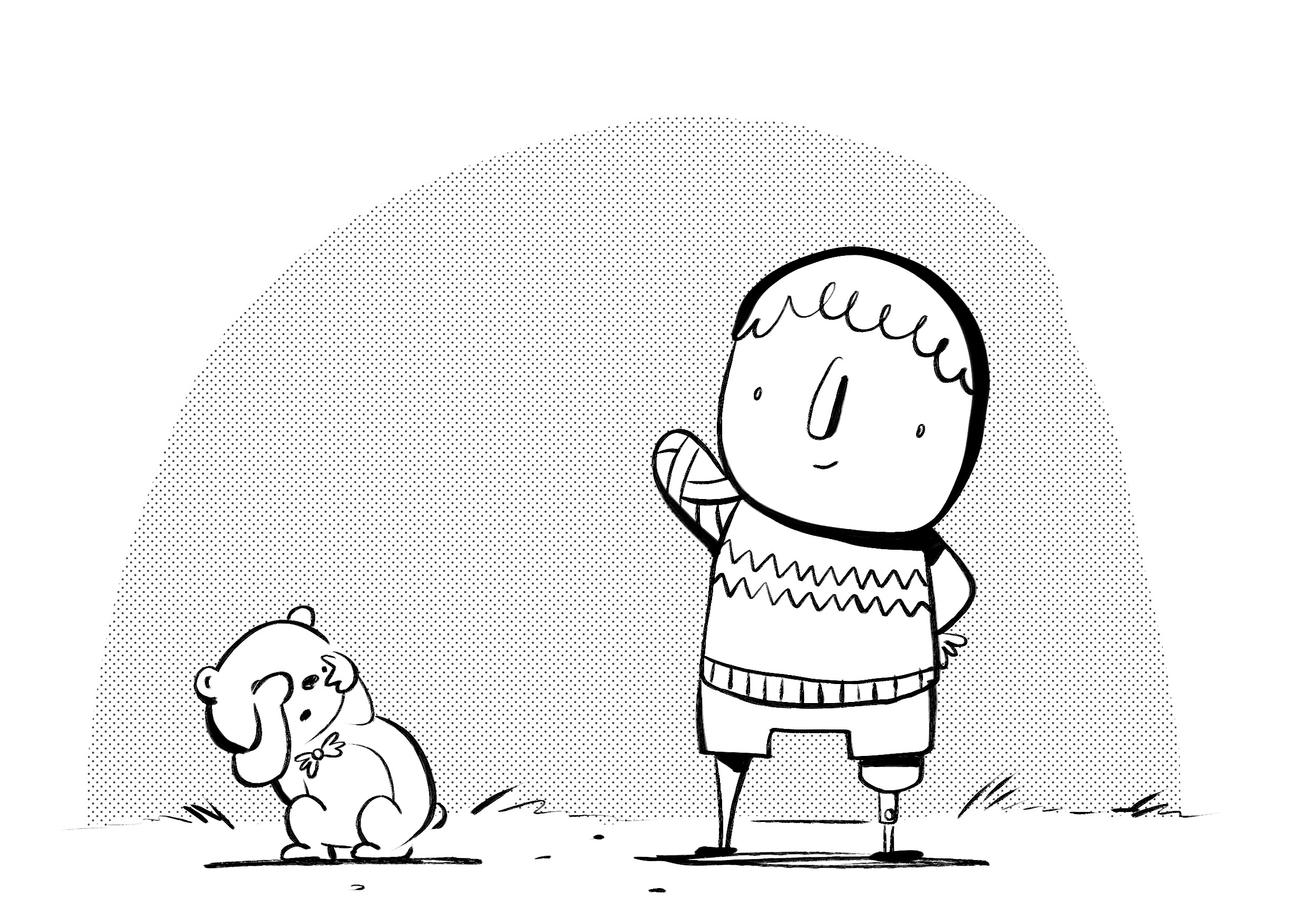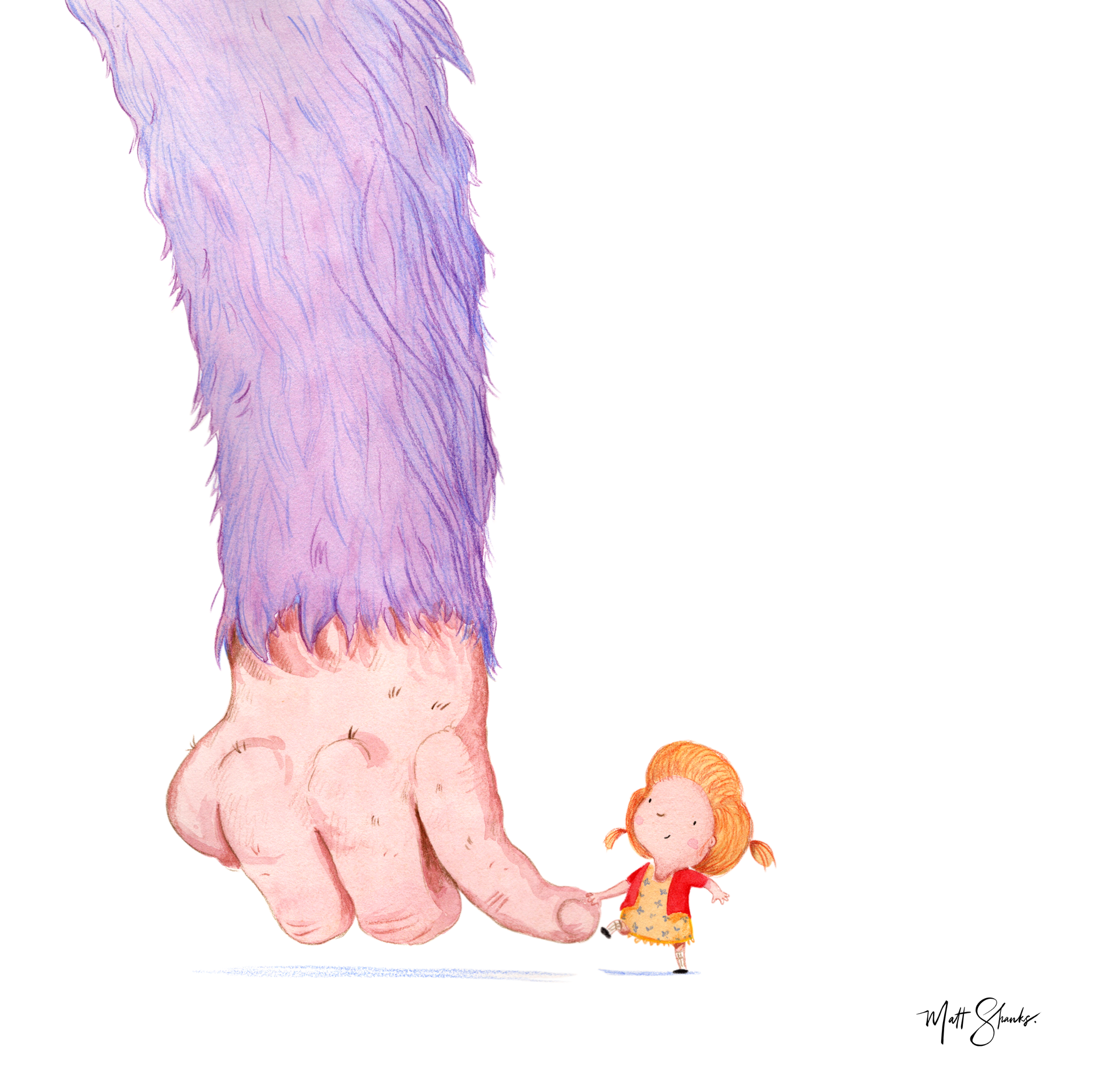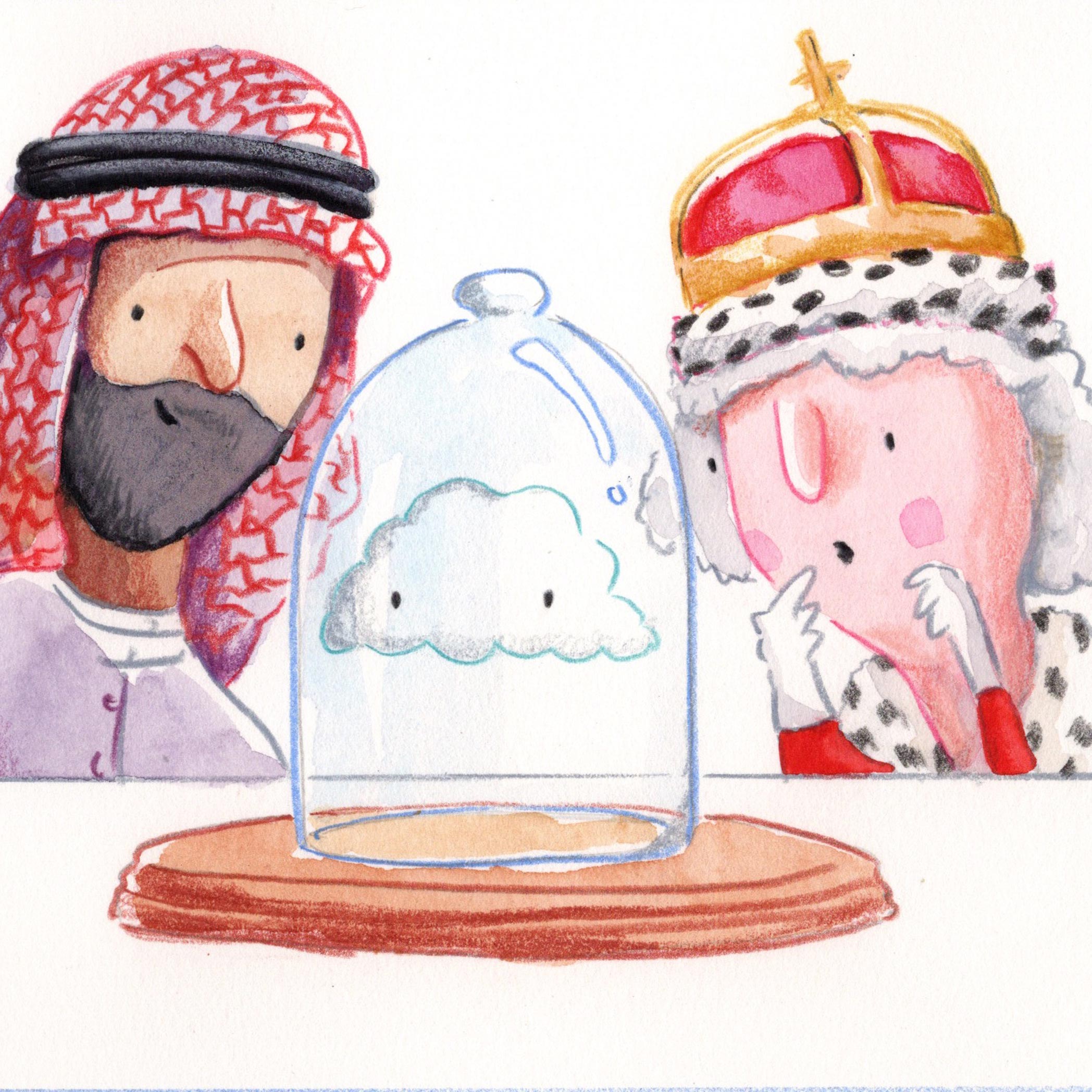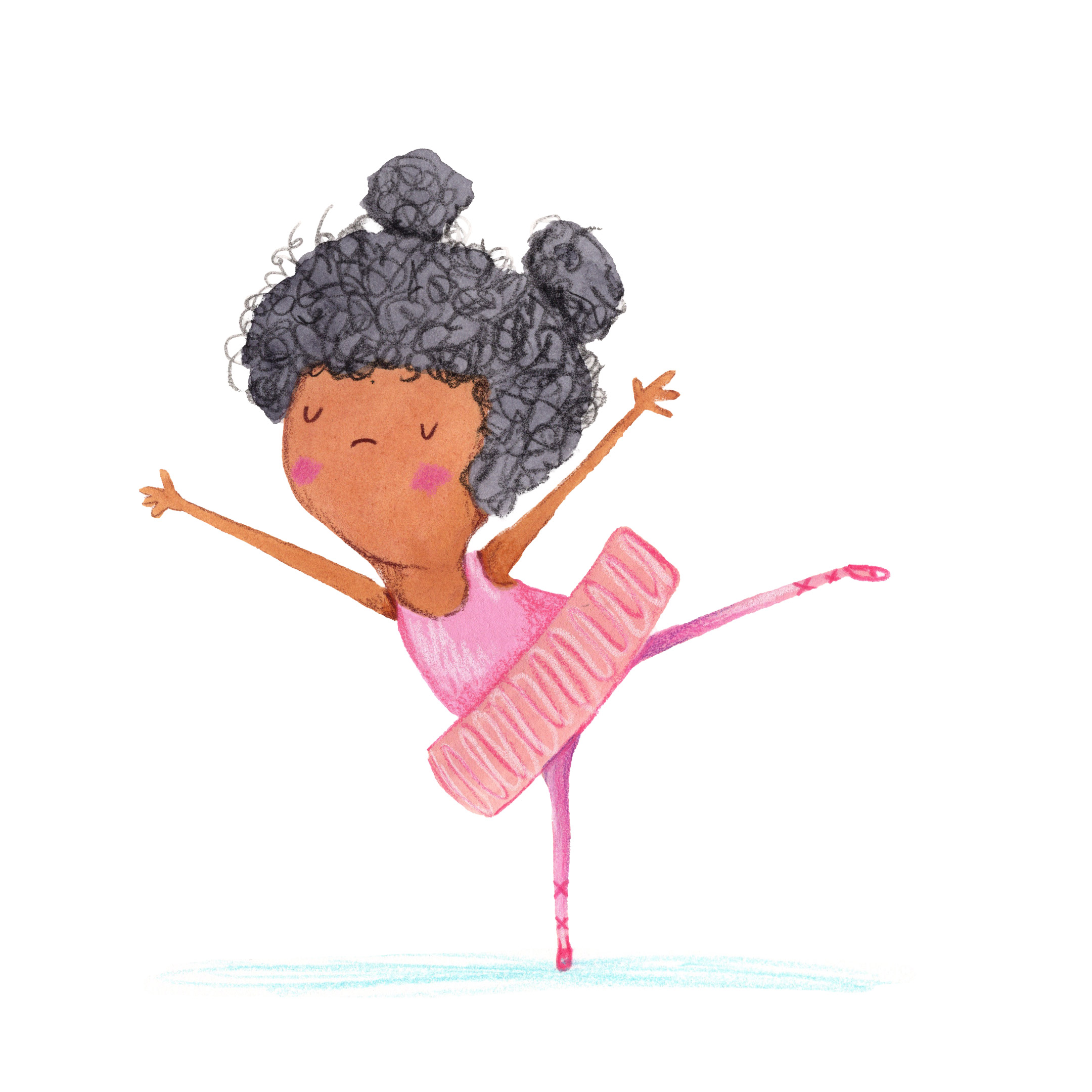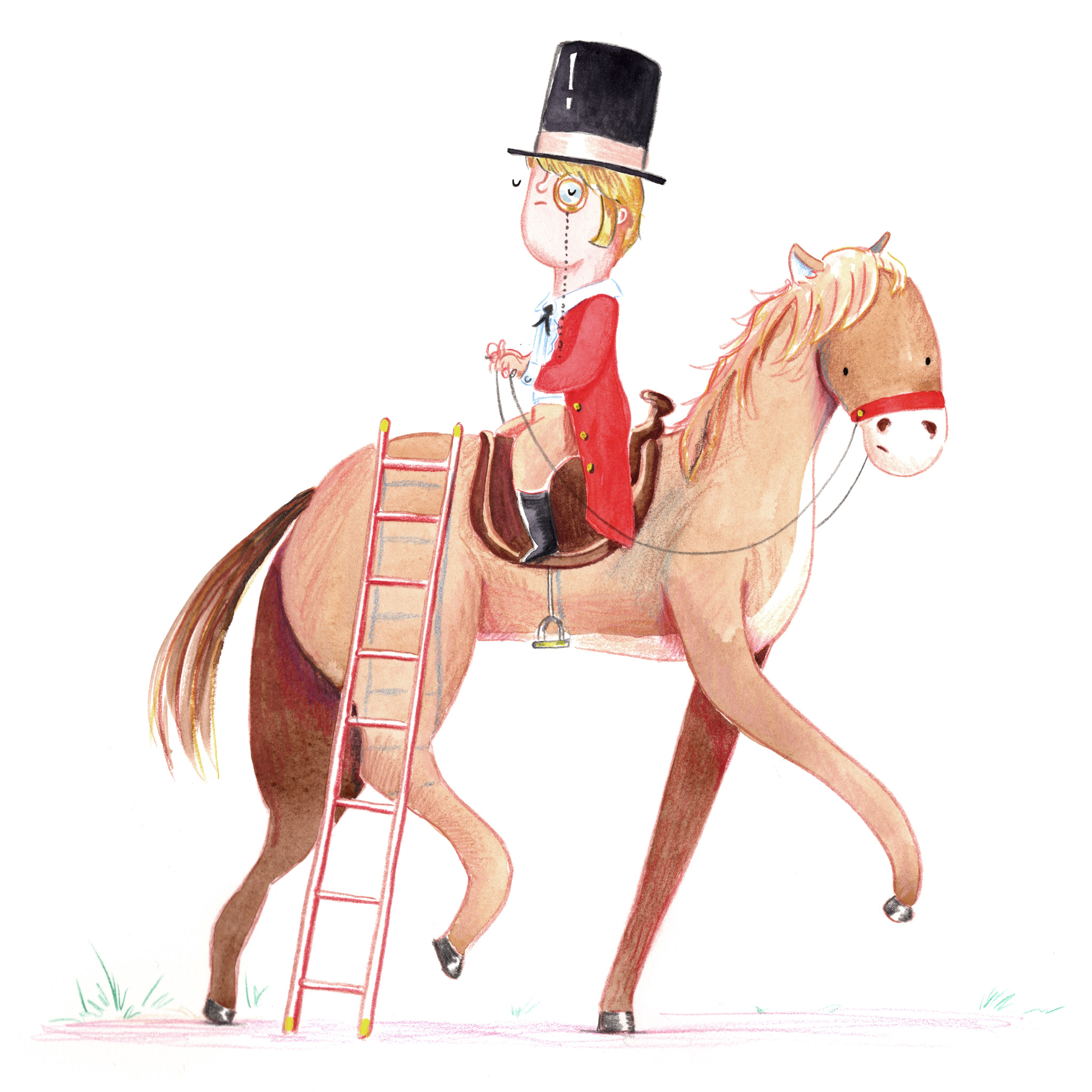As a storyteller, it’s my job to build believable stories. This means believable characters and believable worlds. What makes something believable? It’s the details. Details need to be grounded in some form of reality, so us lowly humans instinctively know the rules and have a way to connect with the people and places in them. In the end, it’s about building stronger empathy.

Figuring out Queen Celine’s kingdom
If I tried to describe the beach in either words or pictures from the comfort of my home studio, I’d probably do OK.

I grew up in Sydney and spent a lot of time at the beach. We surfed, played football, beach cricket, and combed rock pools. I’m largely familiar with the sea and its surrounding landscape. I could probably draw a beach from memory, or a type of fish. They’d be ‘averages’ of these things, but you’d know it was a beach or fish if you saw it.
But, I don’t want to give any reader an averaged experience. I want them sucked into this world that I’m creating. Like the best books have a habit of doing, I want a reader to forget they’re reading a book. One way to do this is to find the real thing, in its time and place, and use the tools that words and pictures give us to describe it there and then.
How does the beach make you feel?
In Australia, we have some harsh sunlight. There’s probably no better place to experience this harsh sunlight than at a beach. It’s bright and overexposed. The sun bounces off the surface of still water and reflects the sky like a mirror. If the water is rough, the surface sparkles like diamonds (or emeralds, see page 10 of Queen Celine). It’s hot at the beach, too. It’s not unusual for Australia to experience temperatures in the high 30s to low 40s Celsius. It gets so hot that walking barefoot on the sand can be uncomfortable.


But often, you don’t notice the non-visual details in a home studio. They come from experiencing the real thing. A place is more than just how it looks. It’s multi-sensory. As storytellers, it’s our job to engage all the senses for a reader, not just their vision. When it comes to building this detailed picture of the world, the real ‘suck-me-into-your-world’ stuff, nothing can replace being there.
Surprise people, but don’t
If I asked you to describe Paris, you’d probably think of a few things straight away. The usual landmarks, maybe the food. The stereotypical stuff; croissants, baguettes, snails, Eiffel Tower and so on. But the weird thing about people and places are that people notice different things. I’m fortunate enough to have visited Paris twice. For me, Paris’ real character comes from their beige streets with steel-blue roofs. All those little window boxes in attics. It’s not the baguettes that I love about Paris; it’s the Pain Au Raisin. It’s the sweet, warm, golden smell of the bakeries, not the bakery items themselves. I love Parisian chocolate, especially drinking hot chocolates standing under red awnings in the rain. I love their enormous roundabouts. When I tell people that I like these things, they’re surprised, but not. While they didn’t notice these things themselves, the descriptions are somehow familiar. It completes a picture, or at least, adds to their version of Paris.

In world-building for stories, the difference between what I see, and what others see matters. There’s no right or wrong answer. It’s just different. A Google Image search for “Paris”, just like with a search for “Rockpool”, will give you a view of the world that everybody else has already captured. And yes, you could use these things, but they shouldn’t be the only thing. It’s the other details that make a more high-resolution picture in people’s brains, things that matter to you.

For Queen Celine, it was the reflections in water that were so striking to me. It was the weed. It was the mass of gulls and plovers. It was the barnacles of all shapes and sizes stuck to rocks. These inert-looking shells look as though they aren’t moving until you get up very close and sit a while. Then you realise that each one is a slow-moving, little living creature.
The colours of underwater worlds struck me. They had a luminescence that I struggled to capture in watercolour. Especially those we visited in aquariums. You can see all of these ‘features’ of the beach, and rock pools, in Queen Celine. And you’ll probably be surprised that they’re there, but also not surprised at all.

Building empathy through storytelling
In the end, this is all about empathy. Expanding your perspective of the world through the way others describe it. This is why people share and read stories to each other; to find out what matters to others and to enhance the construction of their world. It’s fascinating, beautiful and, well, so very human.

